There are 43 World Heritage Sites in India. Out of these, 35 are cultural, seven are natural, and one, Khangchendzonga National Park, is of mixed type. India has the sixth-most sites worldwide. The first sites to be listed were the Ajanta Caves, Ellora Caves, Agra Fort, and Taj Mahal, all of which were inscribed in the 1983 session of the World Heritage Committee.
Agra Fort
- It is the 16th-century Mughal Monument called the Red Fort of Agra.
- Jahangir Palace and the Khas Mahal, built by Shah Jahan, are part of Agra Fort.

Ajanta Caves
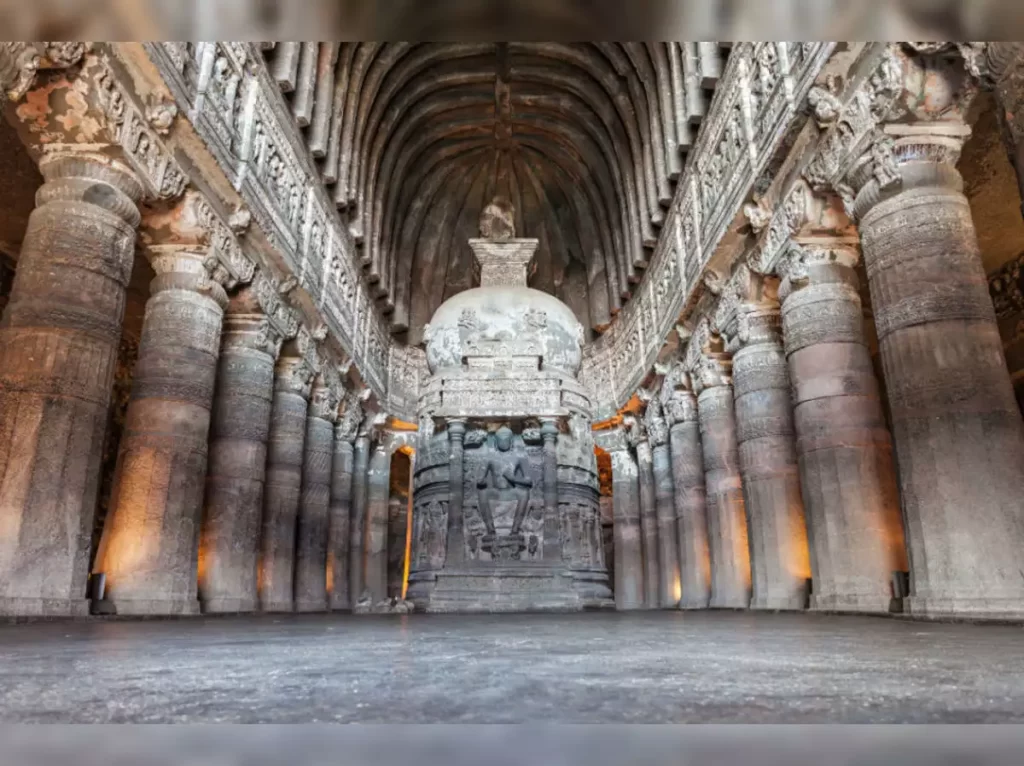
- These are rock-cut caves.
- There are a total of 29 caves.
Archaeological Site of Nalanda Mahavihara at Nalanda
- Nalanda is the most ancient university in India.
- The archaeological remains of a monastic and scholastic institution dating from the 3rd century BCE to the 13th century CE are found here.
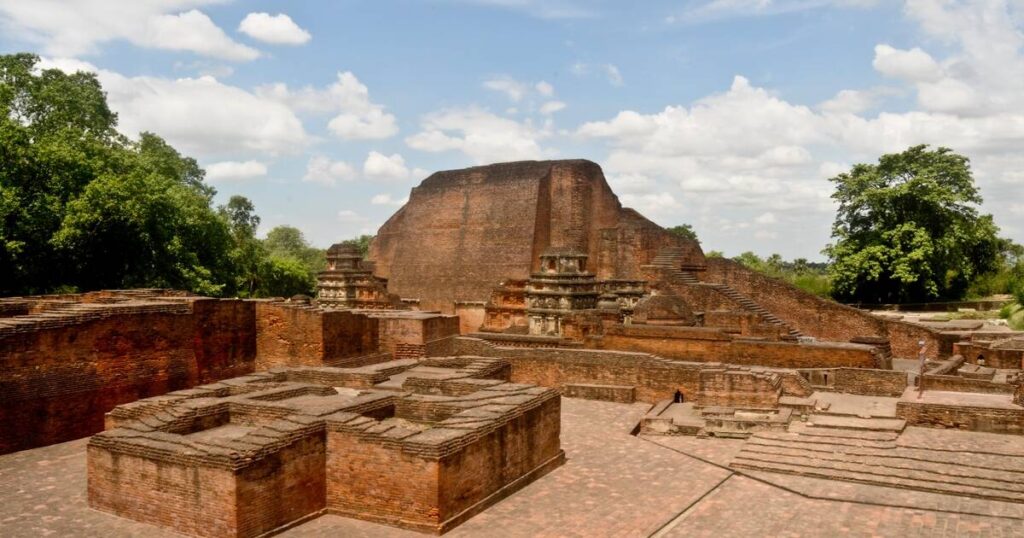
Buddhist Monuments at Sanchi

- Monolithic pillars, palaces, temples, and monasteries are part of it.
- It is considered the oldest Buddhist Sanctuary in existence.
Champaner-Pavagadh Archaeological Park
- Unexcavated archaeological, historic, and living cultural heritage properties are a part of it.
- Structures built between the 8th and 14th centuries like fortifications, palaces, religious buildings, residential precincts, agricultural structures, and water installations; are found here.
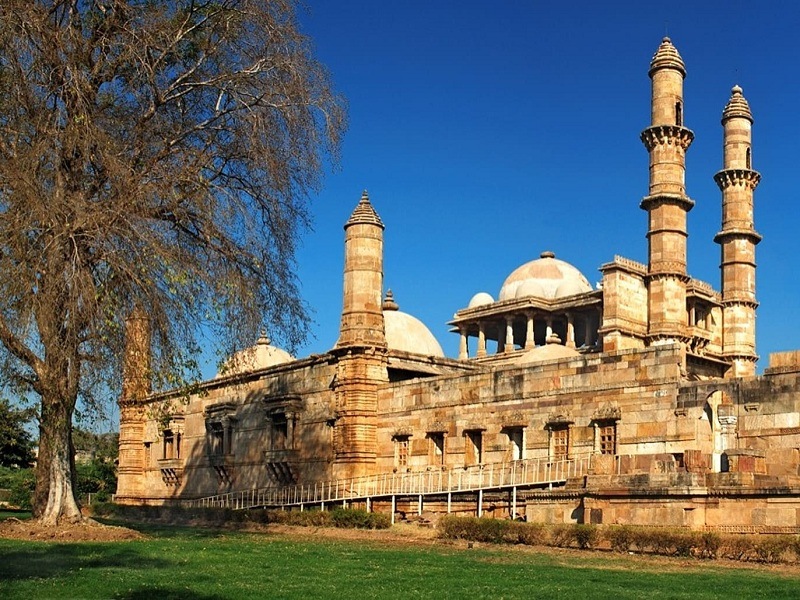
Chhatrapati Shivaji Terminus
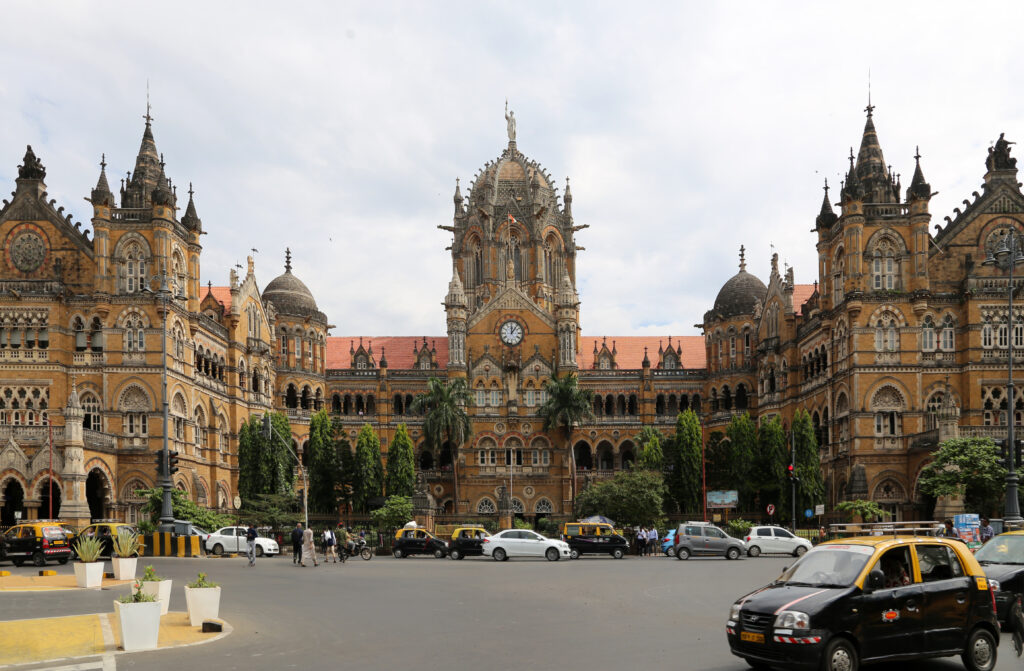
- The former name of CST was Victoria Terminus.
- It represents the Victorian Gothic Revival architecture in India.
- British architect F. W. Stevens built and designed it.
Churches and Convents of Goa
- The churches of the city which was the Portuguese capital signify the evangelization of Asia.
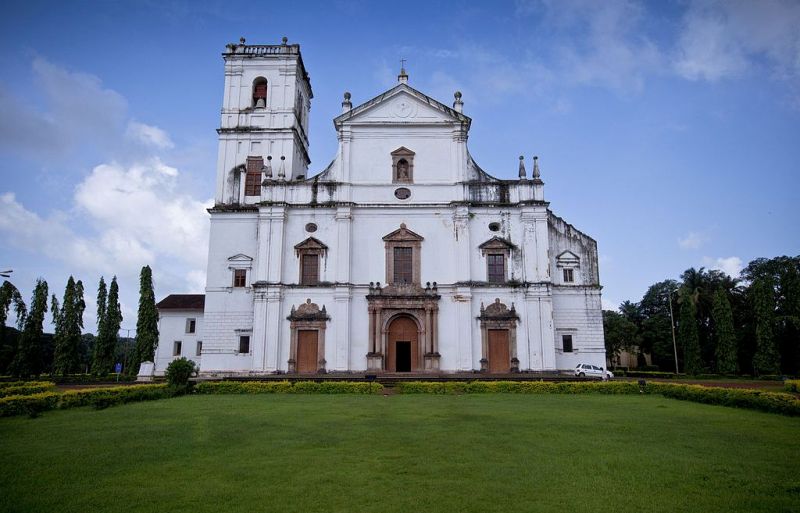
Elephanta Caves
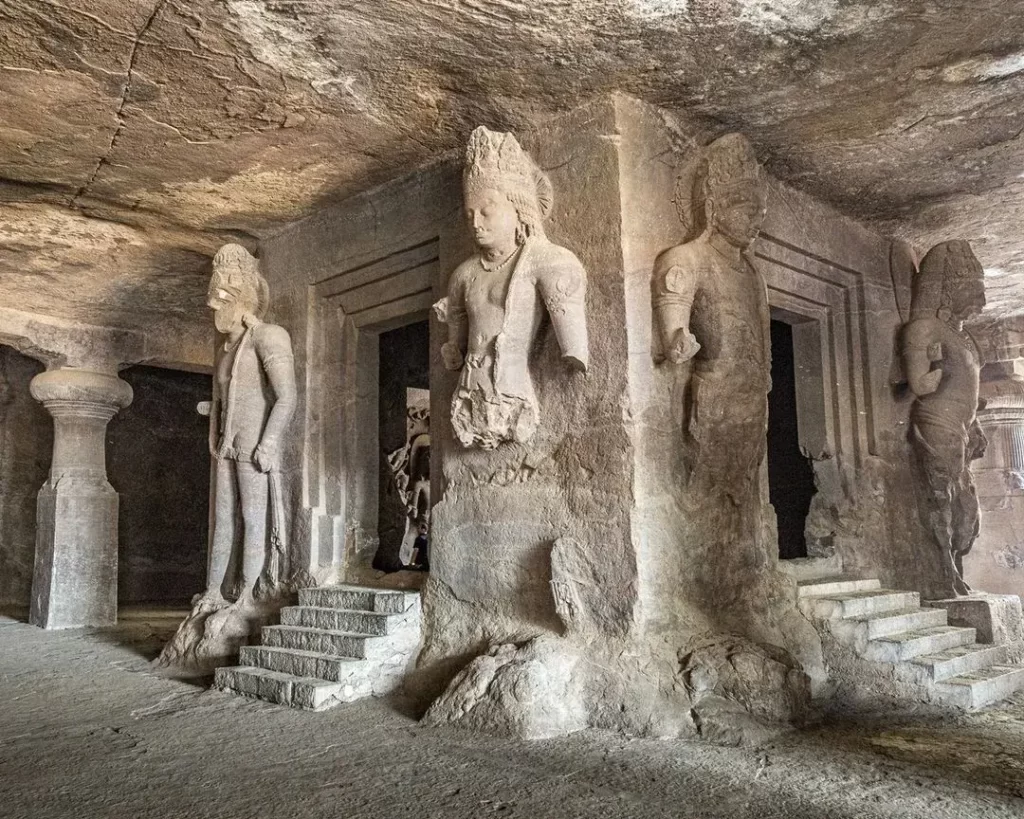
- Gharapuri Caves is the local name of Elephanta Caves.
- There are seven caves.
Ellora Caves
- There are 34 monasteries and temples.

Fatehpur Sikri
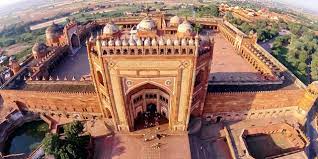
- Mughal Emperor Akbar built it.
- It had been a Mughal capital for 10 years.
- Jama Masjid is a part of it.
Great Living Chola Temples
- It includes temples like the Brihadisvara Temple at Thanjavur, the Brihadisvara Temple at Gangaikondacholisvaram and the Airavatesvara Temple at Darasuram.
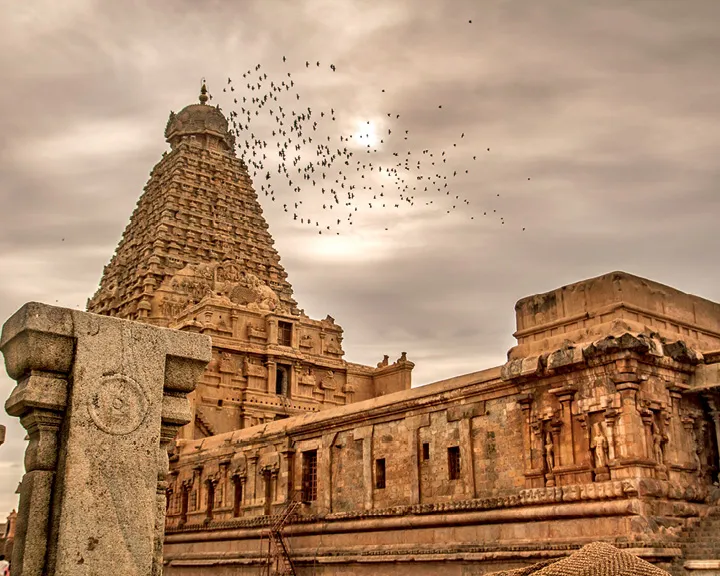
Hampi
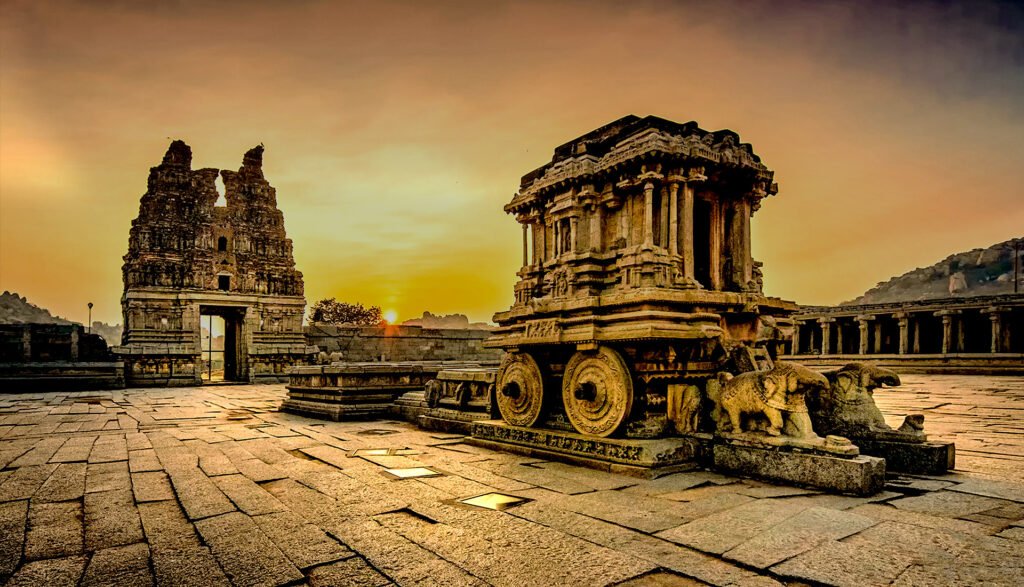
- Hampi has served as the last capital of the Vijayanagar Empire.
Monuments at Mahabalipuram
- The group is best known for Rathas, Mandapas, Giant open-air reliefs, etc.
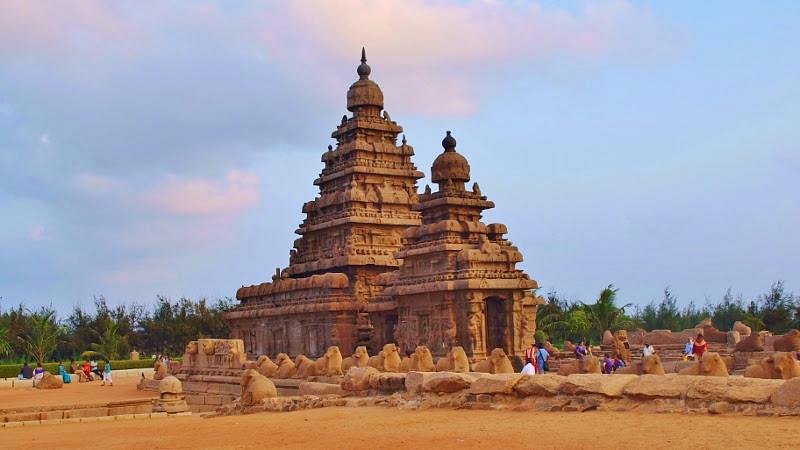
Group of Monuments at Pattadakal
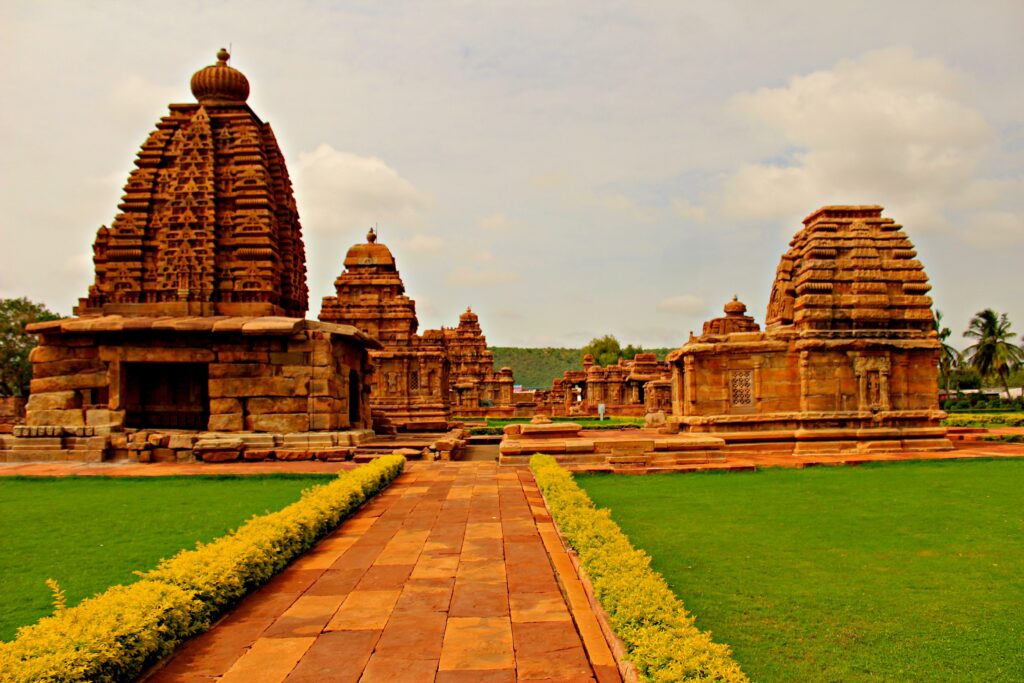
- The monuments represent the Chalukyan art.
- Hindu temples and Jain sanctuary are a part of it.
Hill Forts of Rajasthan
- Chittorgarh Fort, Kumbhalgarh Fort, Sawai Madhopur Fort, Jhalawar Fort, Jaipur Fort, and Jaisalmer Fort are part of these hill forts.
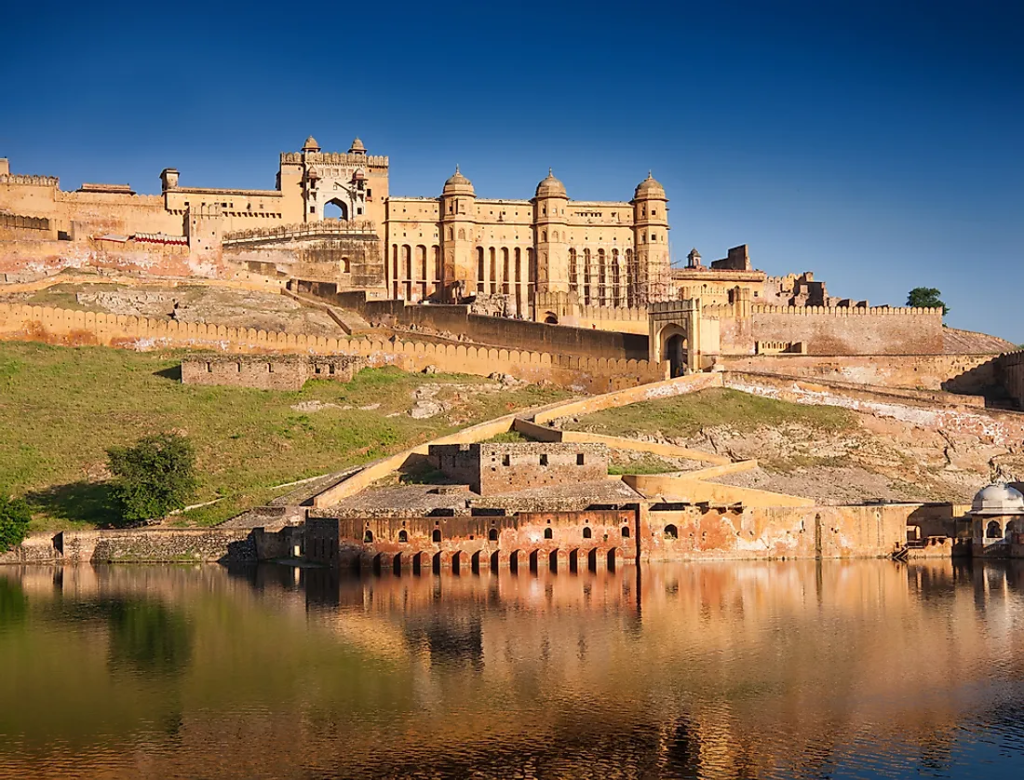
Ahmadabad Walled City

- Sultan Ahmad Shah founded the walled city in the 15th Century.
Humayun’s Tomb
- It was built in 1570.
- It stands as the first garden-tomb in the Indian subcontinent.
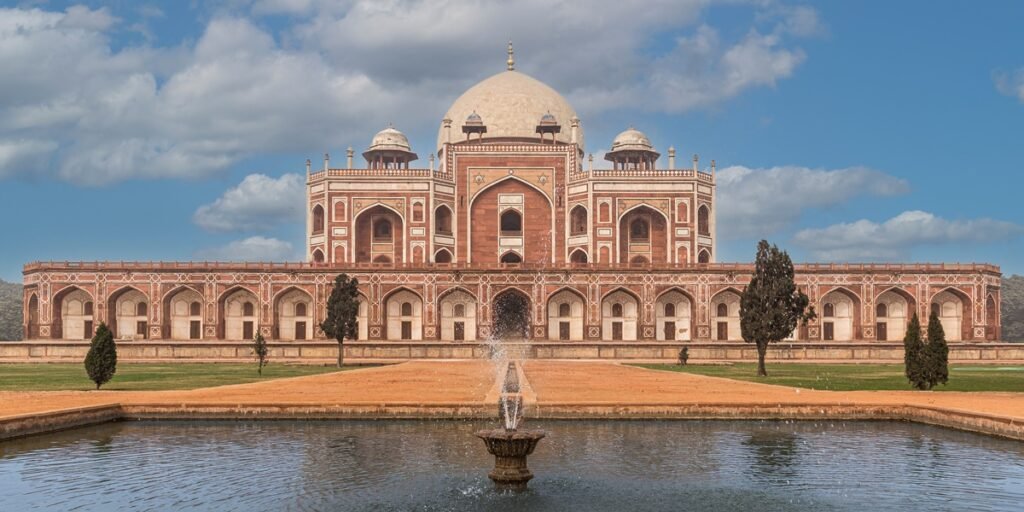
Jaipur City

- Sawai Jai Singh-II founded the city in 1727.
Khajuraho Group of Monuments
- It contains Chandely Dynasty-built temples.
- People dedicate temples to Hinduism and Jainism.
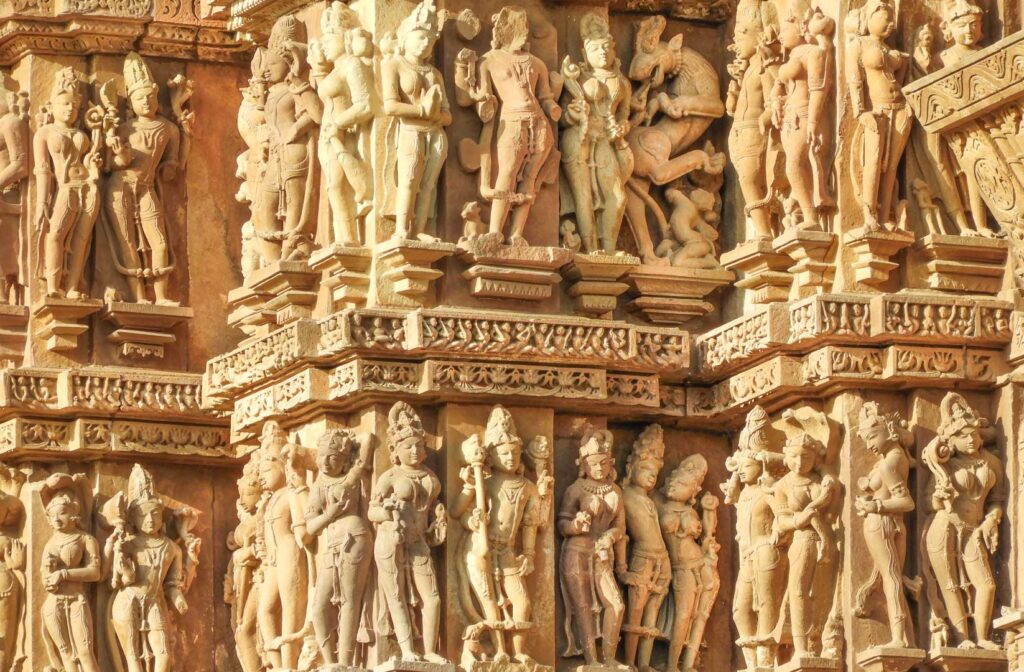
Mahabodhi Temple Complex
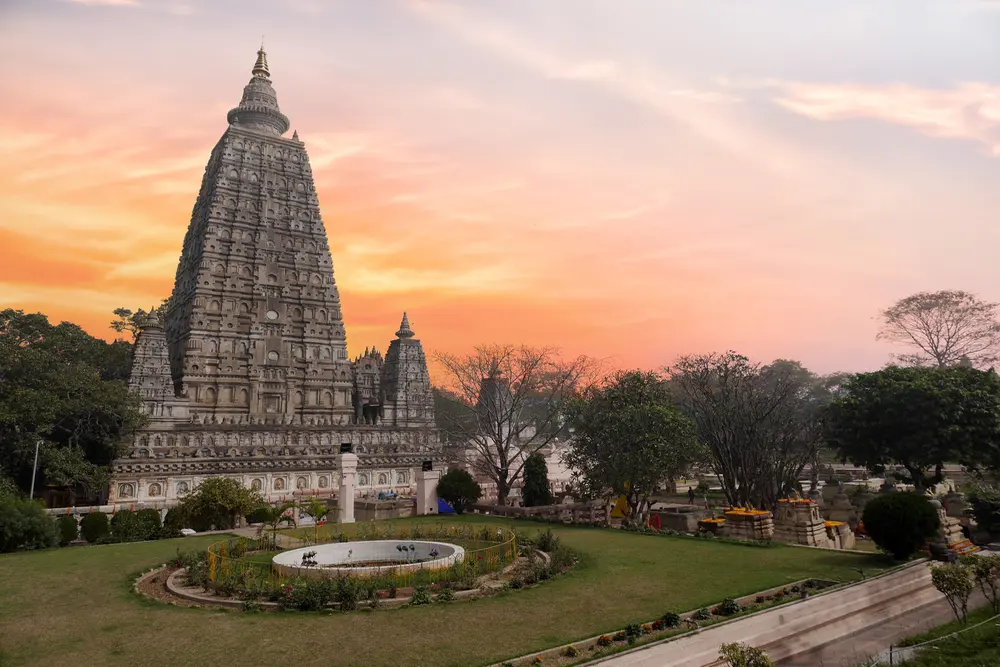
- It is one of the four holy sites related to the Buddha’s life.
Mountain Railways of India
- Darjeeling Himalayan Railway, Nilgiri Mountain Railway, and Kalka Shimla Railway are three railways included in this site.
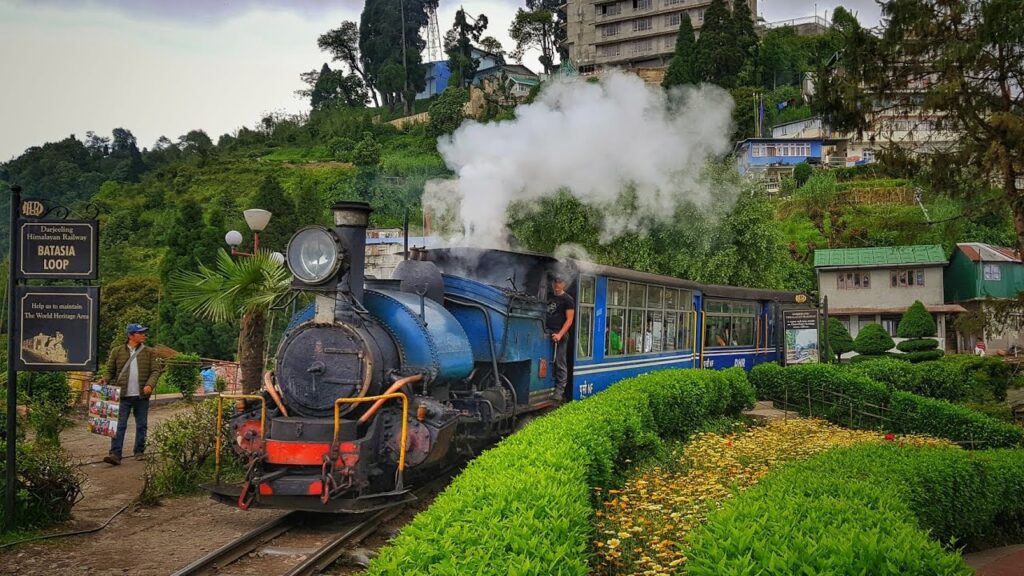
Qutub Minar and its Monuments

- Qutb Minar was built in the 13th century.
- It is the highest tower in India.
Rani-ki-Vav (the Queen’s Stepwell)
- It stands on the banks of Saraswati River.
- It is built in the Maru-Gurjara architectural style.

Red Fort Complex

- Shah Jahan built it as the palace fort of his capital.
- Salimgarh Fort is a part of this complex.
Rock Shelters of Bhimbetka
- Dr V. S. Wakankar had discvoered the Bhimbetka Caves in 1958.
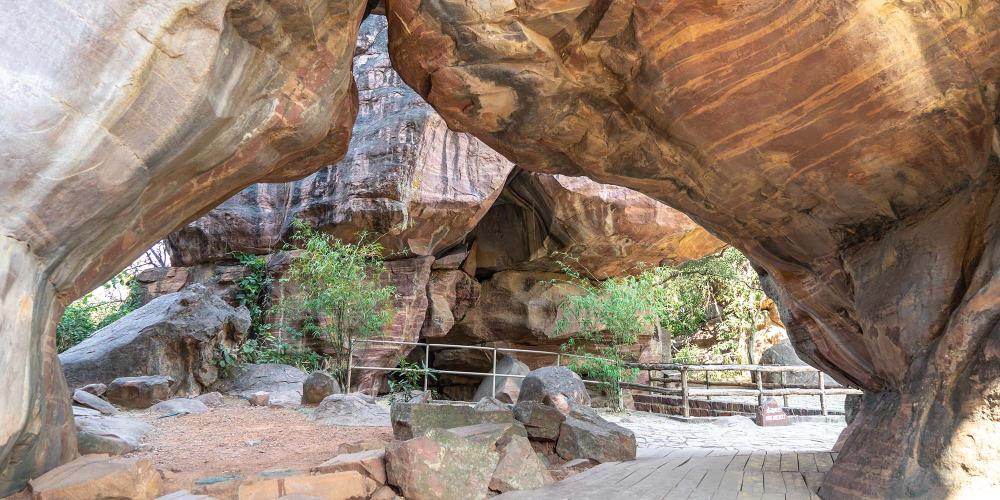
Sun Temple
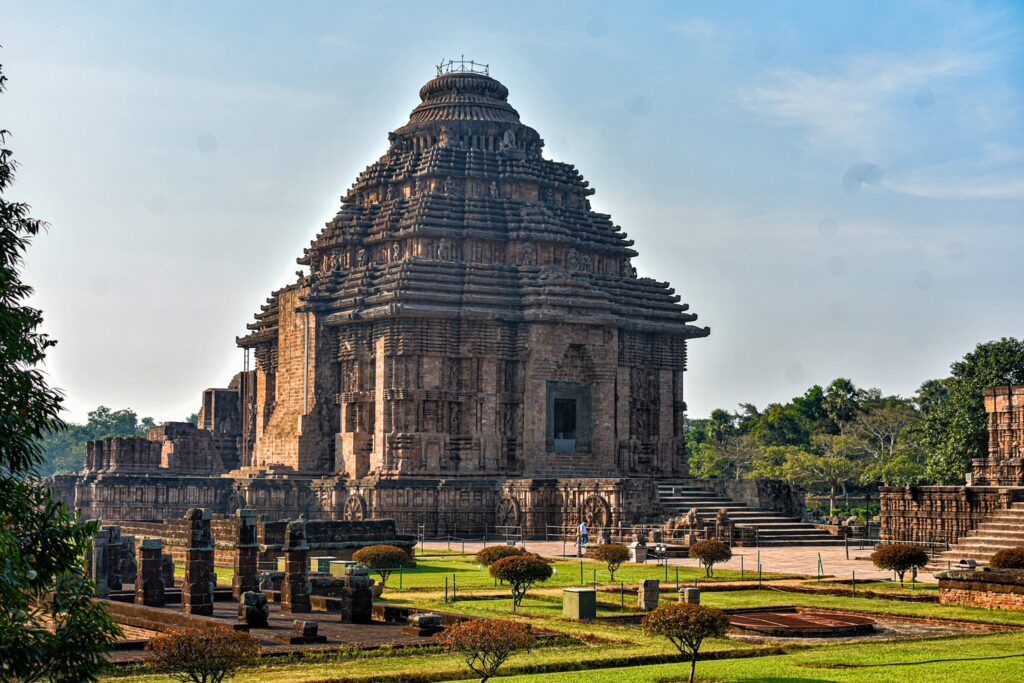
- King Narasimhadeva I built this in the 13th Century.
- It represents the Kalinga architecture.
Taj Mahal
- The Mughal Emperor built the Taj Mahal.
- It stands on the Yamuna river banks.

The Architectural Work of Le Corbusier, an Outstanding Contribution to the Modern Movement
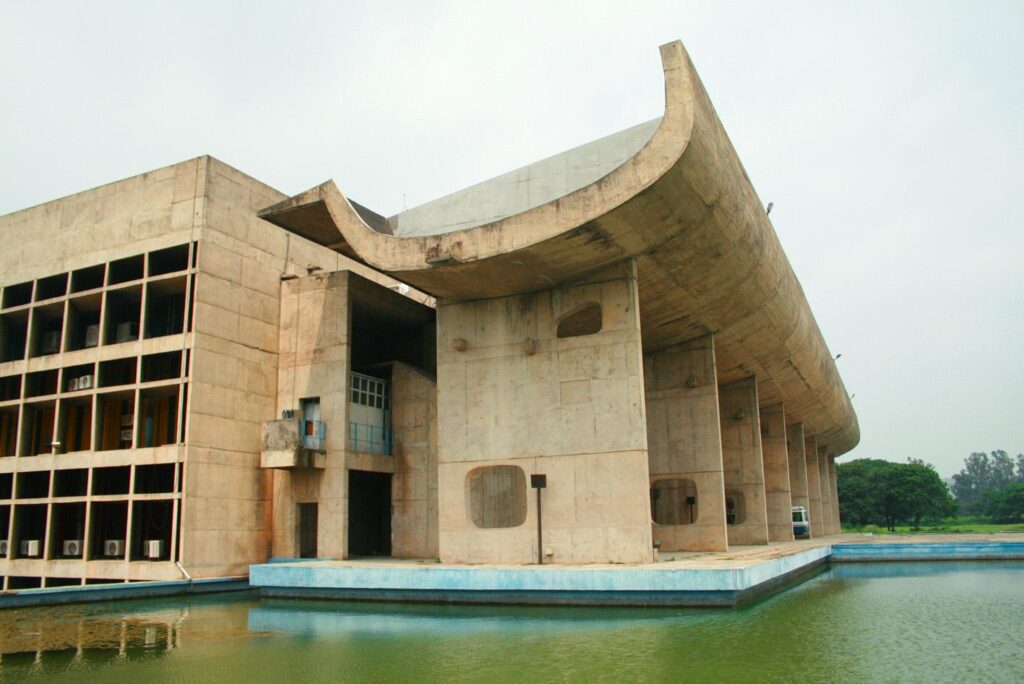
- There are 17 sites on three continents.
- Complexe du Capitole in Chandigarh, India is a part of this.
The Jantar Mantar
- Rajput king Sawai Jai Singh II built the astronomical observation site.
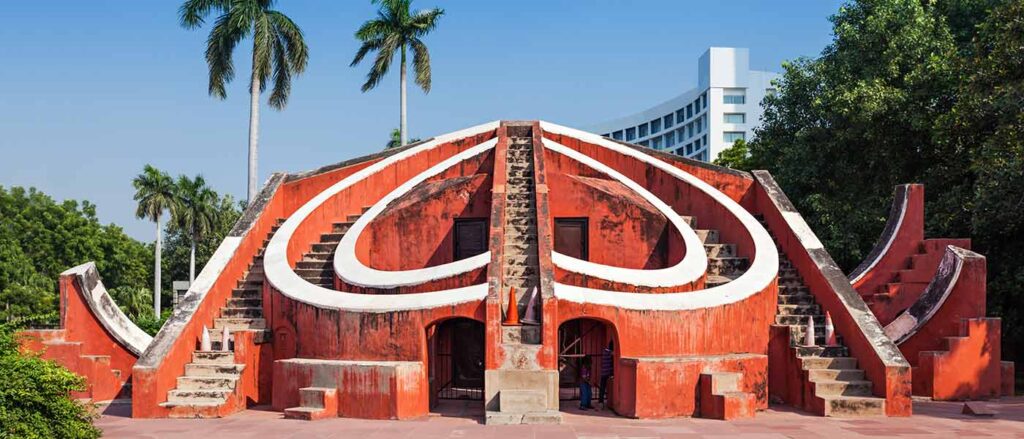
Victorian Gothic and Art Deco Ensembles of Mumbai
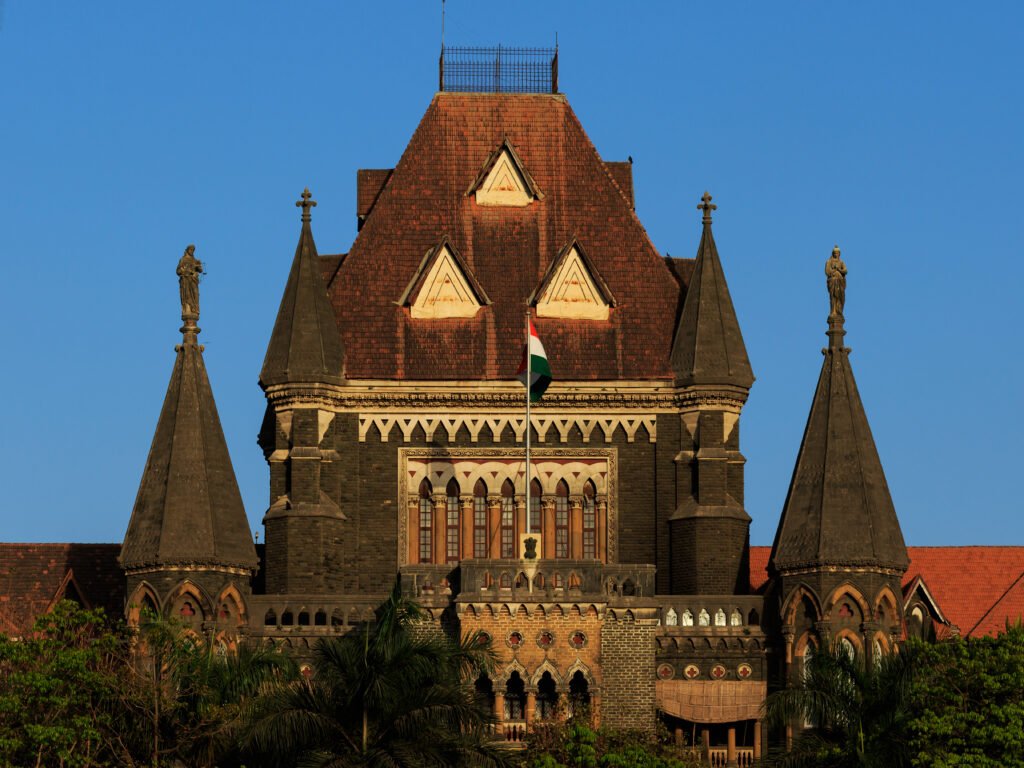
- Victorian Neo-Gothic public buildings and Art Deco in Mumbai buildings are part of this collection.
Great Himalayan National Park-Conservation Area
- High alpine peaks, alpine meadows and riverine forests in this conservation area in Himachal Pradesh.
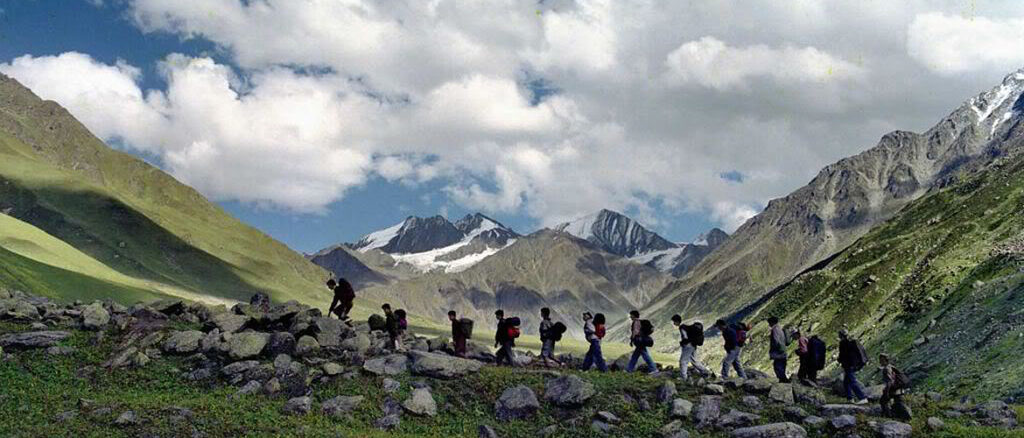
Kaziranga National Park

- It is located in Golaghat and Nagaon, in the Karbi Anglong district of Assam in northeast India.
- Read more about the Kaziranga National Park in the linked article.
Keoladeo National Park
- Bharatpur Bird Sanctuary was the former name of this National Park.
- The Siberian Crane is one of those aquatic birds that make this park a wintering area.
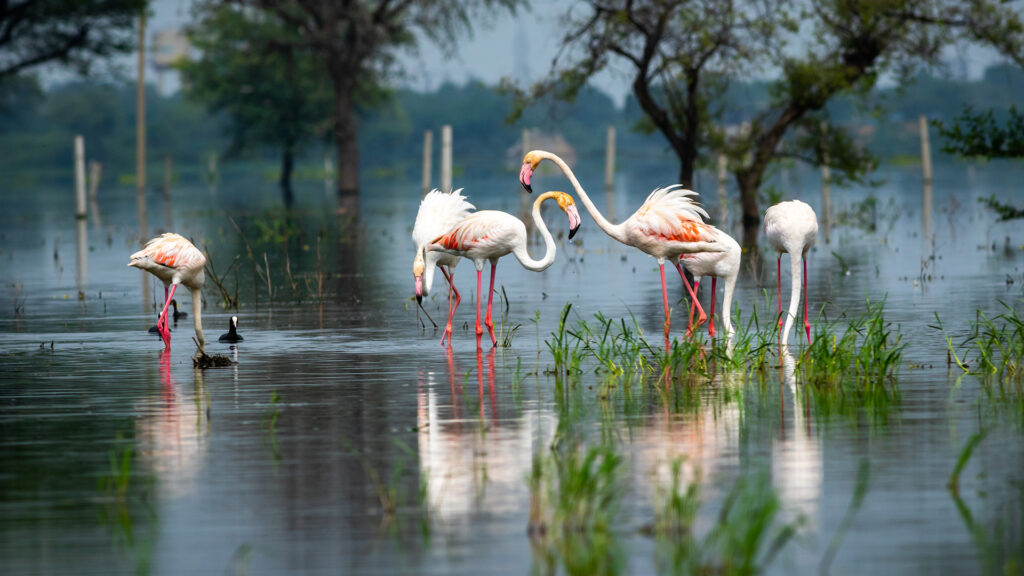
Manas Wildlife Sanctuary

- In 1973, Project Tiger included it as the first reserve in the network of tiger reserves.
- It is also a biosphere reserve.
Nanda Devi and Valley of Flowers National Parks
- Nanda Devi West is the second-highest mountain in India.

Sundarbans National Park
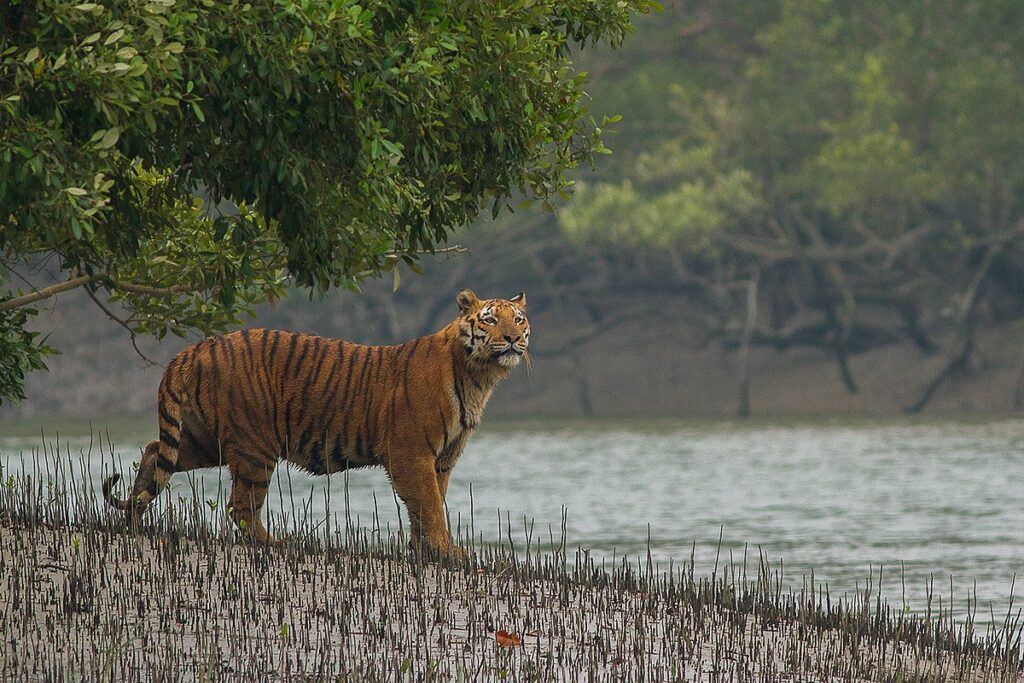
- It forms part of the Gangetic Delta.
Western Ghats
- These are one of the biodiversity hotspots.
- Get comprehensive notes on the Western Ghats in the linked article.
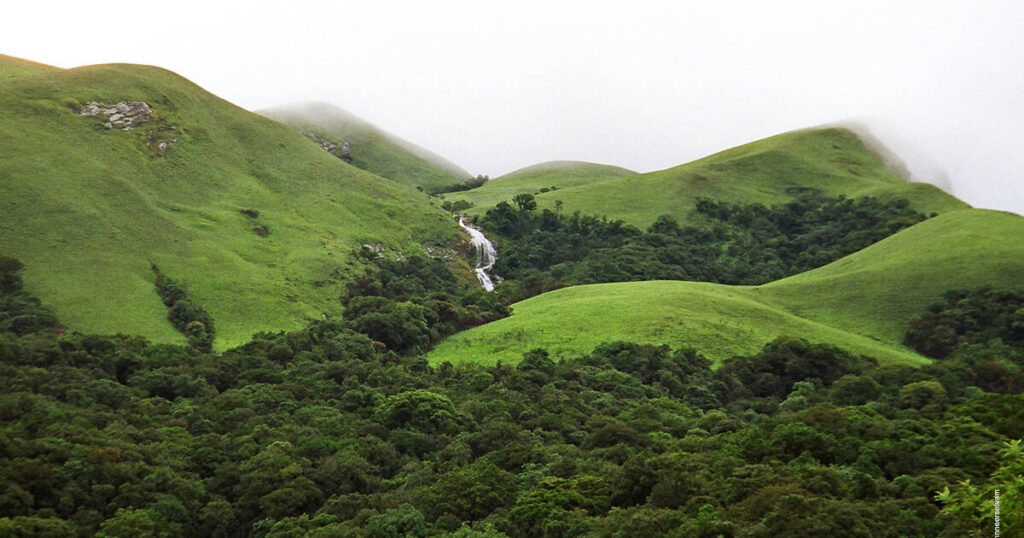
Khangchendzonga National Park

- Mount Khangchendzonga is the world’s third-highest peak.
Kakatiya Rudreshwara (Ramappa) Temple
- The Kakatiyan marvel, made of sandstone, is a temple built in the 13th century CE.
- The structure has decorated beams and pillars of carved granite and dolerite with a distinctive and pyramidal Vimana made of lightweight porous bricks, so-called ‘floating bricks’, which reduced the weight of the roof structures.

Dholavira
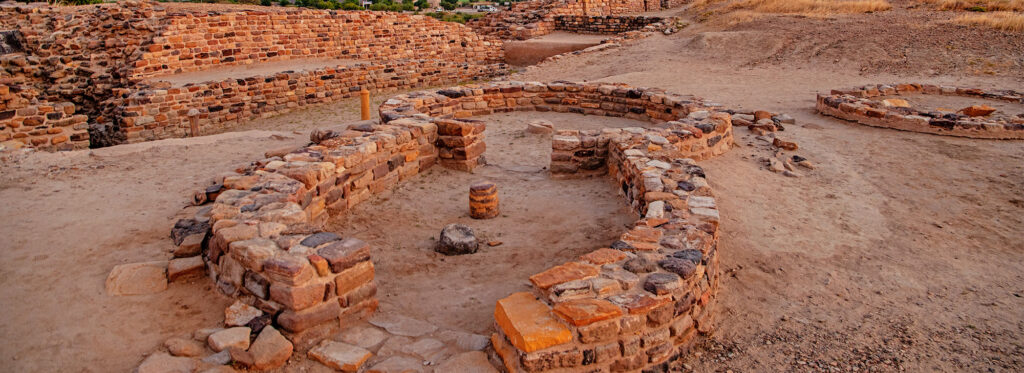
- Discovered by archaeologist Jagat Pati Joshi in 1968, Dholavira gets its name from the village in the Kutch district of Gujarat.
- In ancient India, it has remained a commercial and manufacturing hub for about 1,500 years till its decline by 1500 BC.
- It was the Indus Valley Civilization’s fifth-largest metropolis after Mohen-jo-Daro, Ganweriwala, Harappa, and Rakhigarhi.
Santiniketan
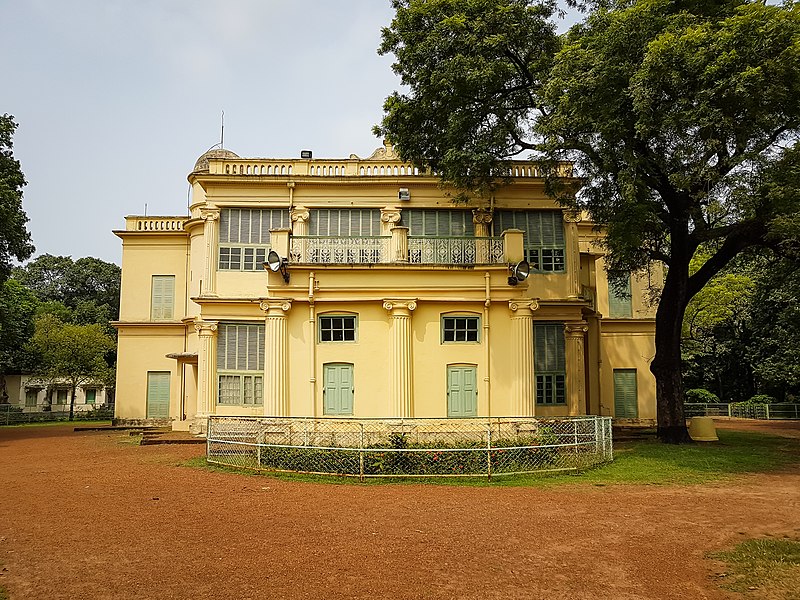
- Located in West Bengal’s Birbhum district, Santiniketan, meaning “abode of peace,” began its development in 1901 and is where Rabindranath Tagore laid the foundation for Visva-Bharati University.
- It was established by Rabindranath Tagore.
- Santiniketan has immense significance in human values, architectural and technological developments, monumental arts, town planning, and landscape design.
- Efforts to get Santiniketan listed as a UNESCO World Heritage Site date back to 2010, with the latest nomination proposal initiated in the 2020-21 fiscal year.
- The Archaeological Survey of India (ASI) has been involved in restoring various structures in Santiniketan in recent years.
Sacred Ensembles of the Hoysalas
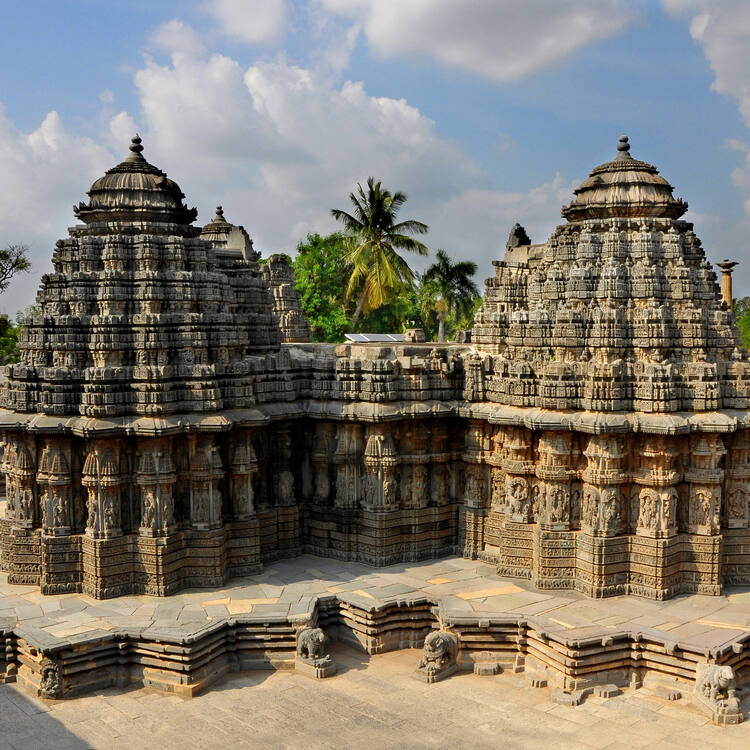
- The temples are located in Belur, Halebidu, and Somanathapura, as well as in the Hassan and Mysuru districts of Karnataka.
- In 2022-23, India’s Culture Ministry recommended adding the temples, often described as ‘poetry carved in stone,’ to the list.
- The temples included in the ensemble are:
- Channakeshava Temple, Belur, Hassan district (Commissioned by King Vishnuvardhana, dedicated to God Vishnu)
- Hoysalesvara Temple, Halebidu, Hassan district (Commissioned by King Vishnuvardhana, dedicated to God Shiva)
- Kesava Temple, Somanathapura, Mysuru district (Consecrated by Somanatha Dandanayaka, a general of the Hoysala King Narasimha III, dedicated to God Vishnu)
Charaideo Maidams
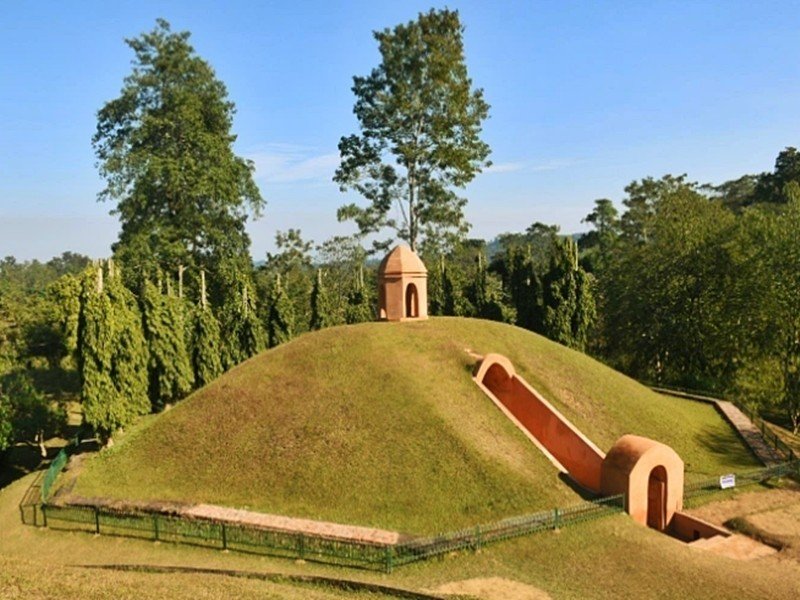
- The Charaideo Maidams represent the late medieval (13th-19th century CE) mound burial tradition of the Tai Ahom community in Assam.
- These are the latest monuments that were added to UNESCO’s World Heritage list. Under the cultural category.
- Similar to the pyramids of Egypt, the Maidams are earthen burial mounds of the members of the Ahom royalty whose 600-year rule was ended by the British takeover of the region. They enshrine the mortal remains of Ahom rulers apart from their belongings.
- Out of 386 Maidams or Moidams explored so far, 90 royal burials at Charaideo are the best preserved, representative of and the complete examples of the mound burial tradition of the Ahoms.
- It enshrines the mortal remains of the members of the Ahom royalty, who used to be buried with their paraphernalia.
- After the 18th century, the Ahom rulers adopted the Hindu method of cremation and began entombing the cremated bones and ashes in a Maidam at Charaideo.


